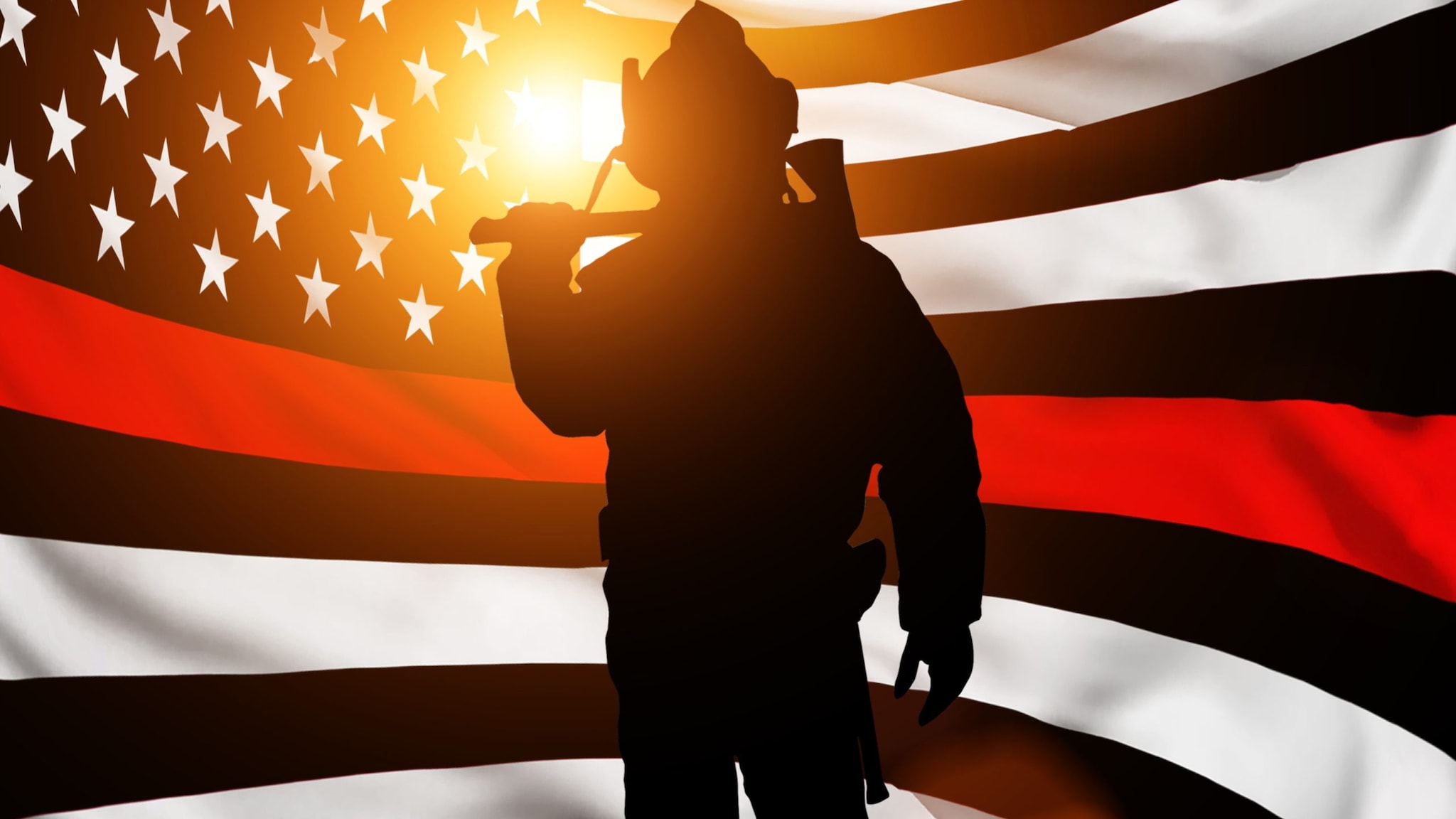What to know
Investigations start with submitting an investigation request to the Fire Fighter Fatality Investigation and Prevention Program (FFFIPP). Then, the FFFIPP determines if they will complete the investigation based on available resources and other ongoing investigations.

Purpose
Investigations allow us to name contributing factors and develop prevention actions for the fire service. Findings are made available to the fire service nationwide to aid in prevention of similar incidents.
Investigation steps
1. Request an investigation
Who can request and investigation?
- Fire department representatives
- The International Association of Fire Fighters (IAFF)
- State fire marshal's offices (FMO)
- NIOSH (Based on media coverage)
How do you submit an investigation request?
An investigation request can be submitted to the FFFIPP using the form above. The FFFIPP may reach out to the involved fire department after receiving an investigation request from IAFF or State FMO. An investigation requires the cooperation of the involved fire department and the servicing firefighter union, if applicable.
2. Prioritize events to investigate
How do we prioritize investigations?
We are unable to investigate every fatality or serious injury due to the program's limited resources. We continually balance initiating new investigations with the time needed to complete ongoing reports. Once notified of a line-of-duty-death or serious injury incident, we review each event to prioritize it for a NIOSH investigation using a decision flow chart developed by NIOSH and the fire service community.
3. Conduct a site visit
How do we conduct a site visit?
Once an investigation is accepted, a NIOSH representative works with the fire department to schedule a site visit. For traumatic injury deaths, we work to conduct a site visit within three weeks of the incident. For structure fires, this allows us to evaluate the fire building prior to demolition or property return to the owner or insurance company. For medical investigations, we wait until the autopsy report becomes available before conducting a site visit. A fire department's decision to participate is voluntary. However, past participants recognize the value of an objective, independent investigation that focuses on developing actions to prevent injuries and deaths.
NIOSH representatives will request certain materials/records before or during the site visit. These can include: site diagrams, any photos and videos available, department standard operating procedures, policies and guidelines, NFIRS/NERIS, dispatch records, training records for the fallen firefighter, incident commander, and officers, the fallen firefighter's medical records, coroner/medical examiner's reports, death certificates, and other agency reports (if applicable).
Interviews
Interviews are one of the most important components of the site visit. Interviewees include fire department personnel and firefighters who were on the scene at the time of the incident. Interviews are voluntary and are not recorded. The interviewer takes notes that represent their interpretation of the interview. We use our interview notes and the applicable documents to describe the conditions and circumstances leading to the fatalities or serious injuries. These incident circumstances provide the context for our final report. If requested, we do not release the interview notes or other protected information under the Freedom of Information Act (FOIA).
We may work closely with other investigating agencies. When we do not have the necessary subject matter expertise, we enlist the help of others, such as experts in building construction or fire modeling. For cases that could be due to respirator or personal protective clothing performance, we may request the equipment or clothing be sent to the NIOSH National Personal Protective Technology Laboratory or an appropriate certified independent lab for evaluation.
4. Prepare a report
How do we prepare a report?
Once the investigation is complete, we describe the sequence of incident events, identify contributing factors, and develop and provide prevention actions for a draft report. To ensure the draft report is accurate, we ask the fire department and union (if applicable) to review the draft report. For a medical-related fatality or injury, the family may be asked to review the draft report for medical history and information. For a trauma-related fatality or injury, fire service subject-matter experts also review the entire draft report. Reports are anonymous and do not name the fire department, fallen firefighter, or other firefighters involved in the incident.
5. Post report
How do we share the report?
The fire department, union (if applicable), and family are given the final NIOSH report approximately 1-2 weeks prior to publication. The published report is then posted on the NIOSH website, and a notification is sent to FFFIPP email update subscribers. All NIOSH reports and publications are public domain and may be freely copied and reproduced for training and educational purposes.
Get email updates
Sign up for our email newsletter below.
